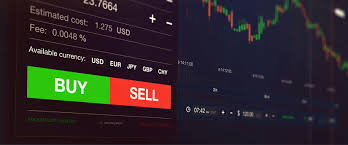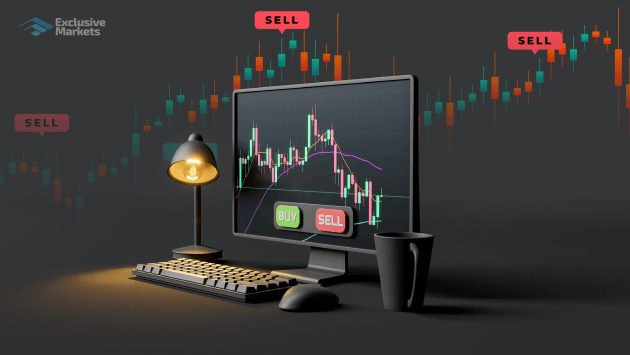Forex Trading Account Opening A Step-by-Step Guide

Forex Trading Account Opening: A Step-by-Step Guide
Opening a forex trading account is the first step towards engaging in the dynamic world of foreign exchange markets. Forex trading entails buying and selling currencies, and success in this domain requires a foundational understanding of the market, the right strategy, and a suitable trading account. In this guide, we will walk you through the essential steps to open a forex trading account, while providing insights into various trading platforms. If you’re looking for specific platforms, check out forex trading account opening Thai Trading Platforms for your needs.
Understanding Forex Trading Accounts
A forex trading account is essentially a platform through which you can trade currencies. There are several types of accounts available, including retail accounts for individuals, managed accounts where a trader handles your funds, and institutional accounts typically utilized by financial institutions. The main goal of opening a trading account is to facilitate your trading activities and provide you with the needed tools to manage your investments effectively.
Step 1: Choose Your Broker Wisely
The first crucial step in opening a forex trading account is selecting the right broker. You should take into account several factors when making your choice:
- Regulation: Ensure the broker is regulated by reputable authorities, such as the Commodity Futures Trading Commission (CFTC), Financial Conduct Authority (FCA), or the Australian Securities and Investments Commission (ASIC).
- Trading Platforms: Examine the platform the broker provides, including its usability, features, and tools.
- Fees and Spreads: Transparent information regarding spreads, commissions, and any other fees is crucial for determining your potential profit margins.
- Customer Support: Good customer service can help make your trading experience smoother, especially if you encounter any issues.
Step 2: Complete the Application Process
Once you’ve chosen your broker, the next step is to complete their application process. Most brokerage firms offer a straightforward online application. You’ll typically need to provide:

- Your name and contact information
- Your financial situation and trading experience
- Documentation to verify your identity, such as an ID or passport
- A reference document, like a utility bill, to confirm your address
Take your time to fill in the information accurately, as providing incorrect details may delay your account approval.
Step 3: Fund Your Account
After your application is approved, you will need to fund your trading account. Different brokers offer a variety of funding methods, including:
- Bank transfers
- Credit and debit cards
- Electronic payment services like PayPal or Skrill
Be sure to check if there are any fees associated with these funding methods, as well as the processing times, which may vary.
Step 4: Select the Right Account Type
Different brokers provide various account types, each with its own benefits. Common types include:
- Standard Account: Most common type suited for general traders.
- Mini Account: Requires a smaller minimum deposit, ideal for beginners.
- Managed Account: An account managed by professional traders on your behalf.
- VIP Account: Designed for experienced traders with higher minimum deposits, offering lower spreads and more features.
Choose an account type that aligns with your trading style and experience level.

Step 5: Choose Your Trading Platform
Upon funding your account, you will typically use the broker’s platform to execute trades. Popular forex trading platforms include:
- MetaTrader 4 and 5: Widely used and feature-rich platforms that support expert advisors and automated trading.
- cTrader: Known for its user-friendly interface and advanced charting capabilities.
- NinjaTrader: Best known for futures trading but also supports forex trading.
Take time to practice on a demo account if available. This helps in getting familiar with the platform’s functionalities before diving into live trading.
Step 6: Begin Trading
Once you’re comfortable with the trading platform, you’re ready to start trading. Here are a few tips to keep in mind:
- Practice Risk Management: Use stop-loss orders to minimize potential losses.
- Keep Learning: Stay informed about market trends, economic news, and other factors that affect currency pairs.
- Start Small: As a beginner, it’s wise to start with smaller trades to manage your risk until you gain confidence.
Conclusion
Opening a forex trading account can be an exciting venture. By carefully selecting your broker, completing the necessary applications, adequately funding your account, and choosing the right trading platform and account type, you set a solid foundation for your trading career. Always stay informed and practice good risk management. With patience and dedication, you can increase your chances of success in the forex market.
